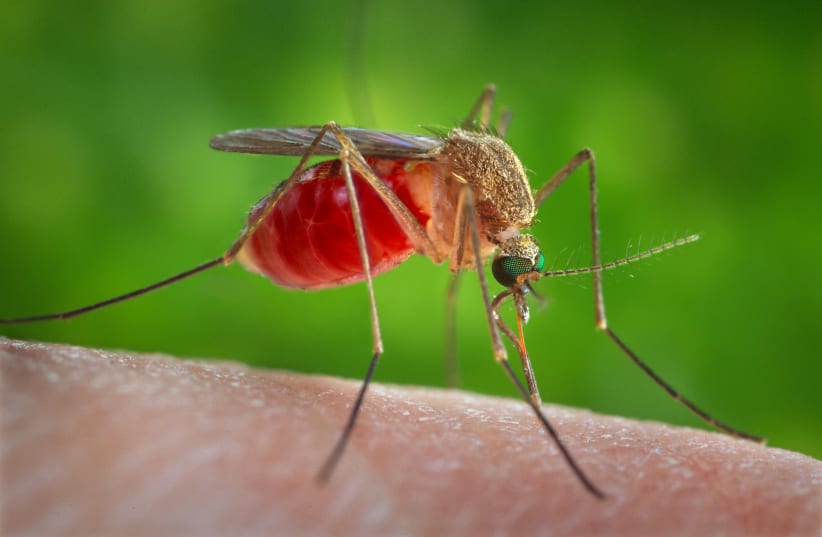A study from the National Institutes of Health (NIH) suggests exactly that, with the researchers finding that the protein AEG12 has a property that lets it strongly inhibit flaviviruses. This family consists of known highly contagious and potentially deadly diseases like Zika, West Nile, dengue and yellow fever.
This effectiveness is due to the protein being able to destabilize the viral envelope and break its protective covering. According to senior author Geoffrey Mueller, PhD, head of the NIEHS Nuclear Magnetic Resonance Group, AEG12 operates on a molecular level, ripping out lipids in the membrane holding the virus together.
"It is as if AEG12 is hungry for the lipids that are in the virus membrane, so it gets rid of some of the lipids it has and exchanges them for the ones it really prefers," Mueller said in a statement. "The protein has a high affinity for viral lipids and steals them from the virus."
While the protein is effective against flaviviruses, it is ineffective against viruses that do not have the envelope, such as pink eye. Nonetheless, the discovery has significant implications in the field, as it can lead to the development of therapeutics against viruses that affect millions worldwide.
Mueller and the rest of the team think that it could also be used as the basis of some form of treatment against SARS-CoV-2, the coronavirus that causes COVID-19.
He cautioned, however, that this would take years of bioengineering before it would be a viable therapy.
